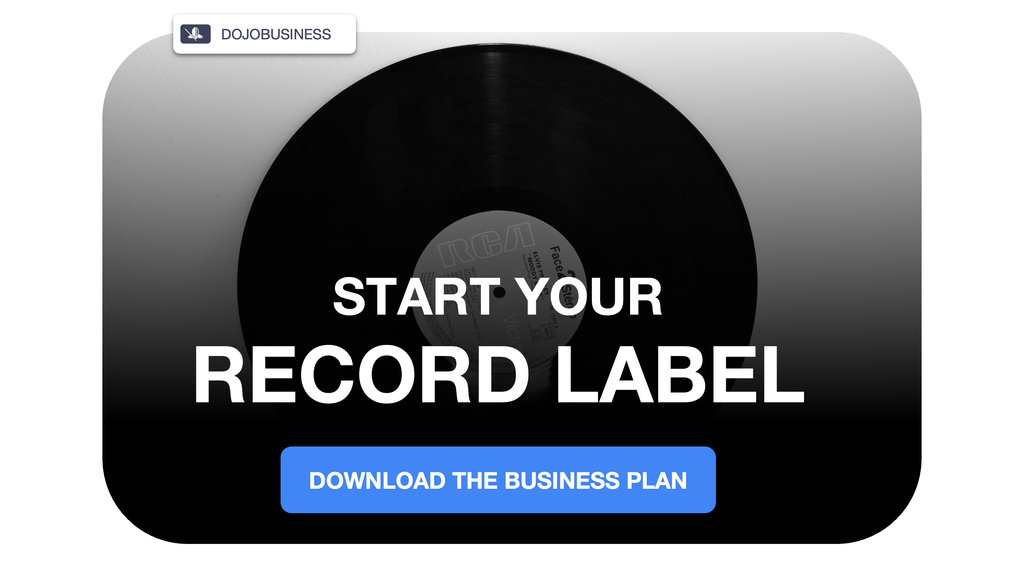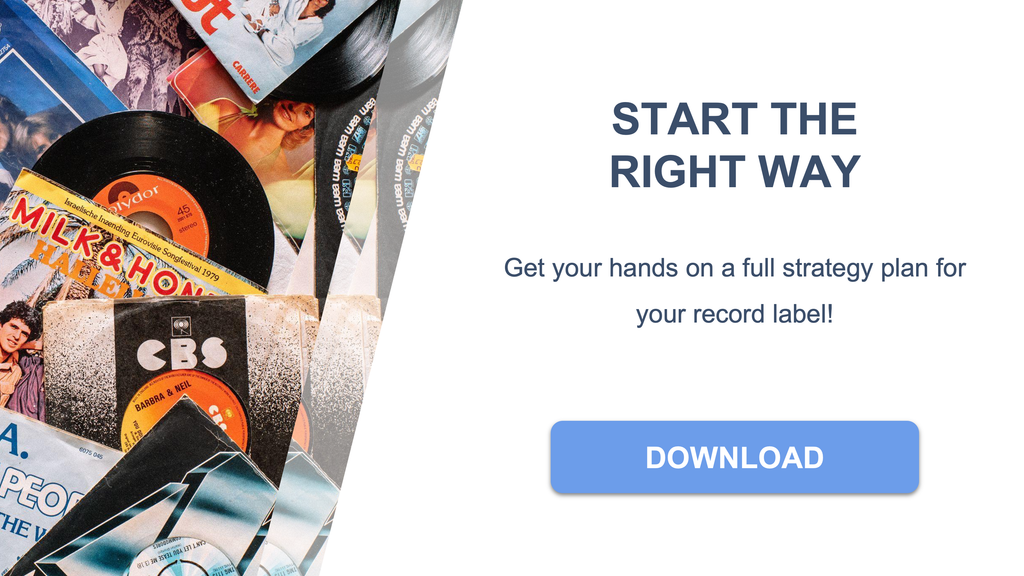In the modern music industry, record labels must understand their audience segments to thrive. Effective customer segmentation helps identify the diverse types of listeners, their behaviors, and the platforms they engage with. This article breaks down key aspects of audience segmentation for a record label business, with actionable insights for entrepreneurs starting in this field.
In order to build a successful record label, it is essential to understand who your target audience is, how they consume music, and what they are willing to spend. This article answers the most pressing questions about customer segmentation in the music industry in 2025.
You’ll find detailed market insights in our record label business plan, updated every quarter.
The music audience in 2025 is highly segmented based on demographics, platforms used, and behaviors. To succeed, record labels must tailor their strategies to specific listener groups.
| Segment | Share of Listeners | Revenue Share (est.) |
|---|---|---|
| Mainstream streamers | ~60% | 50–55% |
| Vinyl/collectors | ~8% | 8–12% |
| Download/CD buyers | ~7% | 2–5% |
| Live event goers | ~23%* | 25–30% |
| Superfans (premium) | ~5–10% | 18–22% (high ARPU) |
1. Who are the different types of listeners currently engaging with the label’s artists, broken down by demographics such as age, gender, and geography?
Listeners vary significantly based on their age, gender, and location.
The most active music listeners are Gen Z (16–24) and Millennials (25–34), with more than 60% streaming music via subscriptions in developed markets.
Older listeners (55+) are starting to stream more, but their adoption rate is below 30%. Gen Z tends to follow playlists based on mood rather than genre, and their primary markets include North America, Europe, East Asia, and Latin America.
2. What music consumption platforms are these listeners primarily using today, and how does their behavior differ across streaming, downloads, vinyl, and live shows?
Streaming is by far the dominant music consumption platform.
In 2025, streaming services like Spotify, Apple Music, and YouTube Music account for 68% of global music revenue, with Gen Z streaming almost 95% of their music. They use mobile devices for 75% of their listening.
Vinyl has seen a resurgence among older collectors, but overall, downloads and CDs continue to decline. Live events are rebounding strongly, and fans are willing to spend on premium ticket options and merchandise.
3. How large is each audience segment in quantitative terms, and what percentage of total revenue can realistically be attributed to each?
The audience segments vary significantly in terms of size and revenue contribution.
The mainstream streaming group makes up around 60% of listeners, contributing 50-55% of revenue, while vinyl collectors and download/CD buyers contribute smaller portions of the total revenue.
Live event goers are a major revenue driver, bringing in 25-30% of total income, while superfans, who are willing to pay for premium content, contribute around 18-22% of revenue.
4. What specific genres, moods, or playlists are driving the most engagement within each segment right now?
Pop, hip-hop, and Latin music dominate global engagement.
For Gen Z, playlists based on mood, such as workout or study playlists, are becoming more popular than genre-specific playlists. Niche genres like K-pop and regional styles such as Afrobeats and Reggaeton are also growing through online community-driven engagement.
Superfans often engage through exclusive drops, remixes, and collector's items tied to specific artists or genres.
5. How do engagement patterns vary between casual listeners, superfans, and niche communities, and how can these groups be measured?
There are distinct engagement patterns between casual listeners, superfans, and niche groups.
Casual listeners are measured by monthly active users, with low skip rates and playlist engagement. Superfans are identified through premium tier subscriptions, high merchandise spending, and direct platform engagement.
Niche communities can be tracked through forum activity, participation in fan groups, and specific event attendance.
6. What are the current trends in spending habits across different listener groups, including merchandise, live tickets, and premium subscriptions?
Spending trends are shifting toward live events and premium subscriptions.
Merchandise sales are up 16% year-over-year, with 19% of concertgoers purchasing merchandise. Premium subscriptions, especially those targeting superfans, are driving higher average revenue per user (ARPU).
The vinyl resurgence continues among collectors, while live events offer a key source of direct revenue for labels.
7. How effective are the label’s existing marketing channels for reaching each segment, and what are the measurable conversion rates?
The effectiveness of marketing channels varies by segment.
Playlist placements on services like Spotify are crucial for mass discovery of casual listeners, while direct-to-fan tools such as newsletters and exclusive content are most effective for reaching superfans.
Social media platforms like TikTok and Instagram are the most effective for reaching younger listeners, while genre-specific platforms such as Reddit and Discord are better for niche communities.
8. What role do social media platforms play in influencing discovery and loyalty for each segment, and which platforms are currently most effective?
Social media is a critical tool for music discovery and building loyalty.
For Gen Z, TikTok and Instagram are the most influential platforms for both discovering new music and fostering fan loyalty. Twitter/X and Discord cater more to niche communities and superfans.
Viral moments on social platforms often determine chart positions and playlist inclusions for emerging genres and artists.
9. How does the competitive landscape look in terms of how rival labels are targeting the same segments, and what benchmarks are useful?
The competitive landscape in the music industry is highly concentrated.
Major labels control 65–70% of global revenue, while independent artists capture up to 40% via direct distribution. Key performance benchmarks include average revenue per user (ARPU) by platform and engagement rates for specific playlists.
Tracking these benchmarks helps identify growth opportunities and areas where your label can differentiate itself.
10. What measurable signals can be tracked to identify emerging listener groups that are not yet fully monetized?
There are key signals that can indicate emerging listener groups.
Rising niche playlist followers, growth in direct-to-artist transactions, and spikes in social chatter around specific genres are important metrics to track.
Emerging trends on TikTok and Instagram often precede full monetization opportunities for new genres or listener communities.
11. How should pricing, bundling, and release strategies be adapted to maximize revenue across the identified customer segments?
Pricing and release strategies should be tailored to each segment.
For superfans, consider premium bundles that combine merchandise, early tickets, and exclusive tracks. For casual listeners, prioritize value-based releases that appeal to a wider audience.
Dynamic pricing strategies based on fan segments can maximize overall revenue across diverse groups.
12. What is the most effective way to prioritize these segments for long-term growth, given current market data and industry forecasts?
Prioritizing Gen Z and Millennial streamers will provide a solid revenue base.
Superfans and collectors should also be prioritized for their high ARPU potential through subscriptions and exclusive content.
Investing in niche genres and emerging markets, such as Latin music and K-pop, can fuel long-term growth.
Conclusion
This article is for informational purposes only and should not be considered financial advice. Readers are encouraged to consult with a qualified professional before making any investment decisions. We accept no liability for any actions taken based on the information provided.
Read more articles
-The Complete Guide to Starting a Record Label
-How Much Does It Cost to Start a Music Label?
-Record Label Business Plan
-Maximizing Profitability for Record Labels
-Budgeting Tools for Record Labels
-Revenue Tracking Tools for Record Labels


